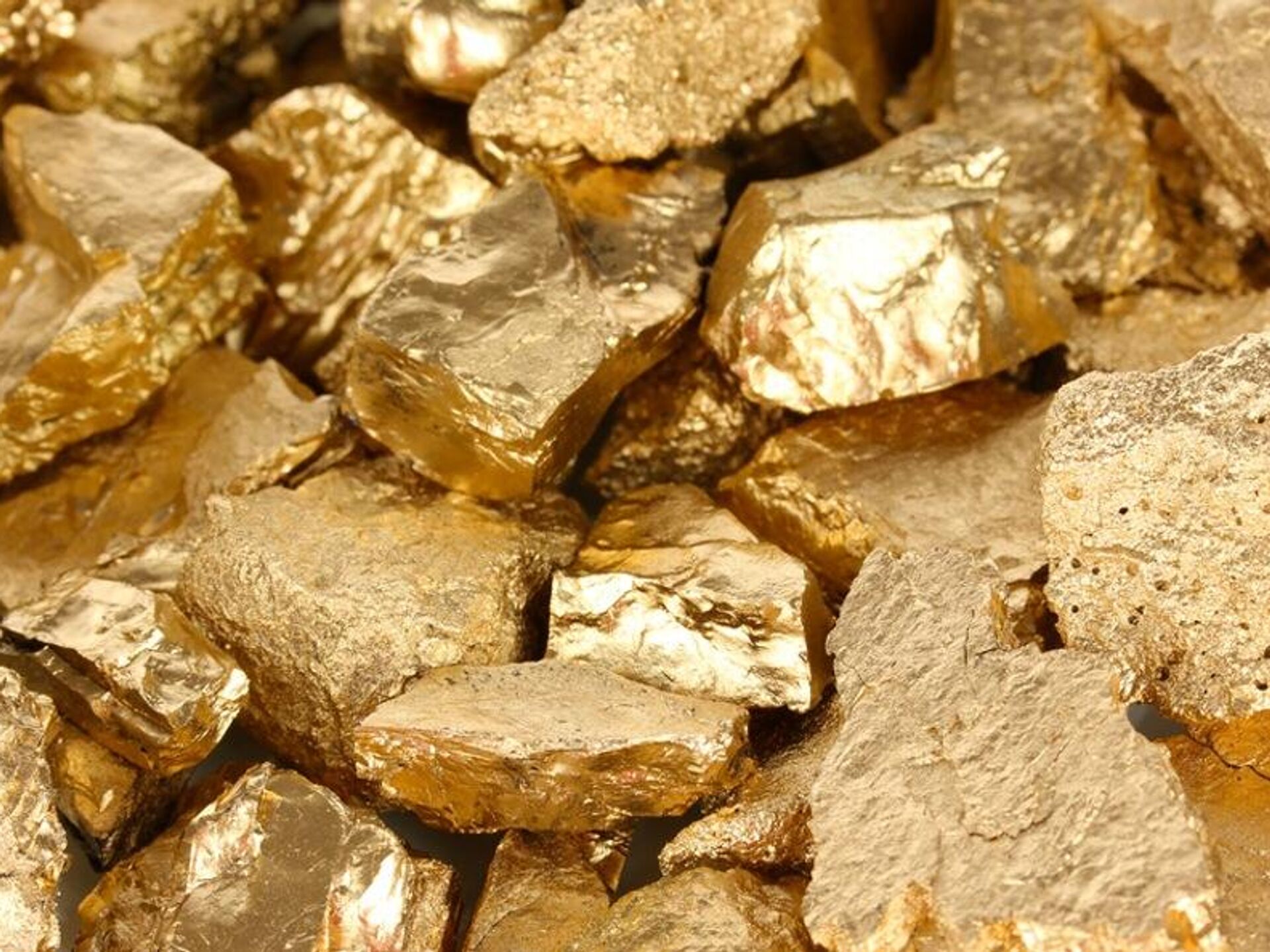Mining minerals plays a crucial role in various industries, providing essential raw materials for manufacturing and infrastructure development. However, the process of extracting minerals from the Earth's crust can have significant environmental consequences. In this blog post, we will delve into the multifaceted effects of mining on the environment, exploring its implications for land, water, air, and biodiversity. By understanding these impacts, we can work towards sustainable mining practices that minimize harm and promote environmental stewardship.
- Land Degradation:
Mining activities often result in extensive land disturbance, leading to irreversible changes in ecosystems. Excavation, deforestation, and the removal of topsoil can disrupt natural habitats, fragment landscapes, and contribute to soil erosion. The loss of vegetation and soil compaction can further exacerbate the degradation, making it challenging for ecosystems to recover. Additionally, the creation of mine tailings and waste rock piles can release harmful substances into the surrounding environment, posing long-term risks to soil quality and fertility. - Water Pollution:
Mining operations can have detrimental effects on water quality and availability. The extraction and processing of minerals require vast amounts of water, which can deplete local water sources and disrupt aquatic ecosystems. Moreover, the release of toxic chemicals, such as heavy metals and acid mine drainage, can contaminate nearby rivers, lakes, and groundwater. This pollution not only threatens aquatic life but also poses risks to human health, as communities rely on these water sources for drinking and irrigation. - Air Pollution:
Mining activities contribute to air pollution through various mechanisms. Dust emissions from excavation and transportation can degrade air quality, leading to respiratory problems for both humans and wildlife. Additionally, the combustion of fossil fuels in mining machinery and equipment releases greenhouse gases, contributing to climate change. The release of particulate matter and harmful gases, such as sulfur dioxide and nitrogen oxides, can also have regional and global impacts on air quality and ecosystem health. - Biodiversity Loss:
Mining operations often occur in ecologically sensitive areas, resulting in the loss of biodiversity. The destruction of habitats and the fragmentation of landscapes can disrupt ecosystems, leading to the displacement and extinction of plant and animal species. Moreover, the introduction of invasive species and the alteration of natural water flows can further degrade biodiversity. Protecting and restoring biodiversity in mining areas is crucial for maintaining ecosystem services and preserving the delicate balance of nature.
Conclusion:
Mining minerals undoubtedly plays a vital role in our modern society, but it is essential to recognize and address its environmental impacts. By implementing sustainable mining practices, such as land reclamation, water management, and pollution control measures, we can mitigate the negative consequences of mining on the environment. Furthermore, investing in research and innovation to develop cleaner technologies and alternative materials can reduce the demand for mineral extraction. Ultimately, a holistic approach that balances economic development with environmental protection is necessary to ensure a sustainable future for both humanity and the planet.


